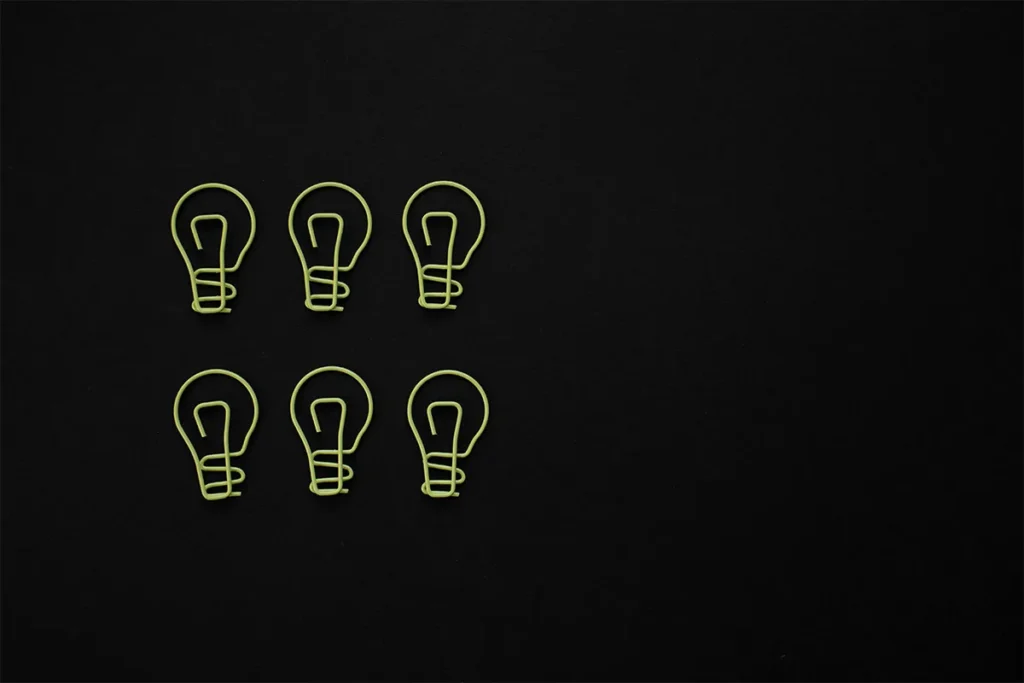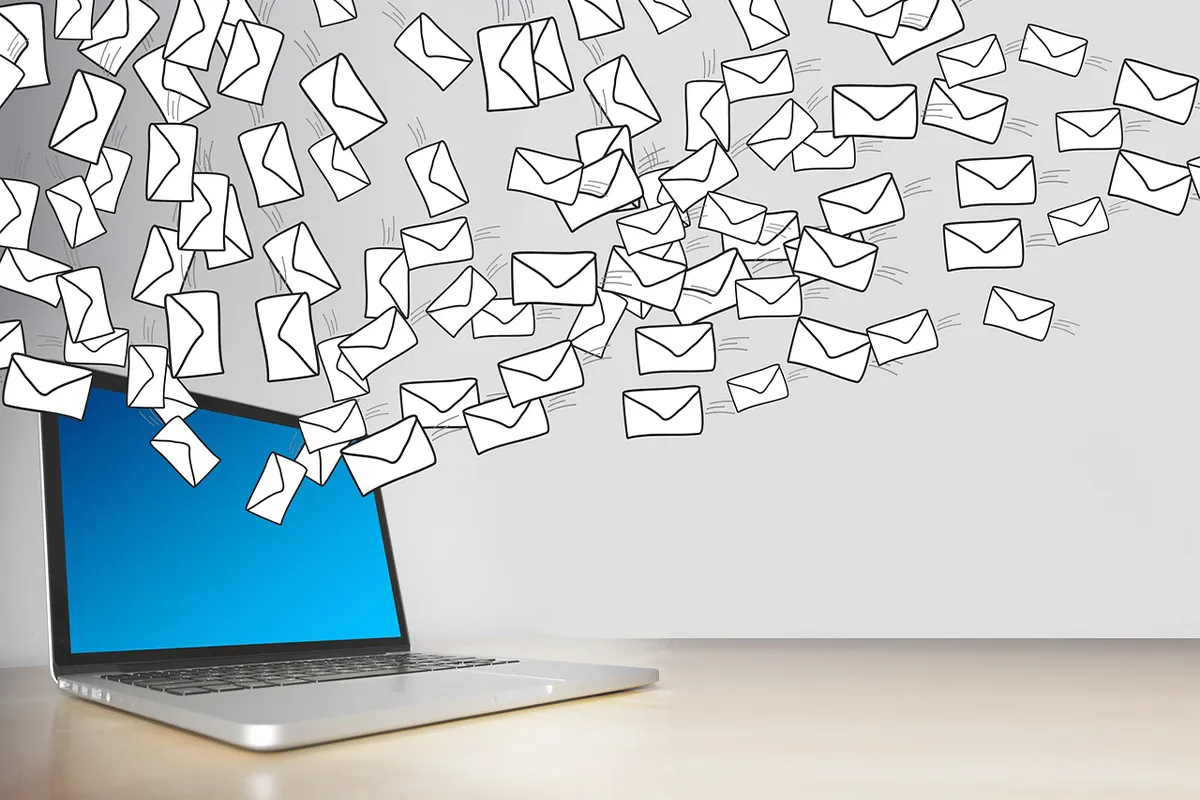Have you ever emailed a client but did not get the desired response? A follow-up email is for the clients who do not reply easily. This type of email is designed with special care to grab the attention of the clients and achieve the maximum open rate.
Sending outreach emails and follow-up emails are included in the best practices of email management. There is available software to manage emails effectively. It is important to communicate with the clients in a timely manner for a stronger relationship. Follow-up emails significantly increase the conversion rate and rejuvenate the old leads into new conversions.
Purpose of Follow-Up Emails
Follow-up emails are important. They help you stay in touch with clients. When you send emails after meetings, proposals, or questions, you continue the conversation. After a meeting, you should send a short email to thank them.
This shows that you appreciate their help. After sending a proposal, a follow-up email can help bring their attention back to your offer. You can ask if they have questions or need more information. When clients ask about your product or service, a follow-up can clarify details and persuade them to do something.
Structuring Your Follow-Up Email
You need to be careful not to send too many emails. Sending too many follow-ups frustrate them. You must find a balance between staying relevant and being pushy. You should respect their time and decision process.
- Subject Line: The subject line of your email is the first thing clients see. You should make it clear and relevant. For example, “Thank You for Our Meeting” or “Following Up on Our Proposal” catch their attention. A good subject line sets the tone for your email and gives context.
- Greeting: You should use the recipient’s name in the greeting. Personalizing makes emails feel friendly. You need to choose the right tone. Too formal can feel distant, while too casual can seem unprofessional.
- Opening Line: You should start with a brief recap of past conversations. You remind them what you talked about. You should show gratitude for their time or help. This strengthens the relationship.
- Main Body: You must clearly say the purpose of your email in the main body. Be short and focus on important updates. You can provide relevant information and direct them to take action. You can say, “Please let me know your thoughts on the proposal.”
- Closing: You need to finish with a polite note. You need to thank them for their consideration. You must add your contact information. This helps them to reach you easily. Following these steps will help you to write a follow-up email. These emails can engage clients. They can build strong business relations.
Are you looking for follow-up email templates after the job application? Check out our comprehensive guide and free templates.
Tone and Language
The tone is very important in follow-up emails. You must keep your professionalism. This builds a positive image. A professional tone shows you take your work seriously. It helps clients to trust you more. You can use clear language in your writing. Avoid sounding too casual.
Personalization helps your emails to stand out. People like it when you remember their names. You should include small details from your past conversations. This shows you listen and pay attention. It makes the recipient feel valued. A personalized email has more meaning than a general message. Clients are more likely to respond to you.
Using jargon can confuse readers. It is better to avoid complex words. You should use simple words and clear sentences. Clients want to understand your message quickly. They do not have time to figure out your email. Clear communication helps to prevent misunderstandings. Always keep your language simple.
Examples of Follow-Up Emails
Here are some examples of follow-up emails for you to consider.
1. Post-meeting follow-up: A post-meeting follow-up shows gratitude. You should start with a simple thank you. Recap the main points from the meeting. This reminds them of the talk. You can ask if they have more questions. This keeps the conversation open.
2. Proposal follow-up: In a proposal follow-up, mention the proposal with its name. Remind the client about the key benefits. You should encourage them to contact you if they need clarity. A friendly tone is best here. You want them to feel comfortable to ask.
3. After purchase: A thank you email after a purchase is very important. Show thanks for their choice. Acknowledge their trust in your service. This helps to build future relationships. It shows you value their business.
4. Reengagement: Reach out to clients who are not active. Start by asking how they are. Remind them of past benefits or offers. A special promotion can get their attention. A warm tone can invite them back. This can restart their interest.
Tracking email is a good practice to learn about clients’ responses. It can give you insights like open rates, engagements, and conversions to improve growth and productivity.
Tips for Writing Good Follow-Up Emails

Keep It Clear and Short When you write follow-up emails, keep your message short. A busy client likes short messages. Focus on the main point. Cut out extra words. This shows you respect their time. It can increase the chance of a reply.
Use Lists for Easy Reading Many people like to read emails fast. Bullet points or numbered lists make your email easy to read. Lists show important details better. Presenting information like this saves time. It helps clients understand without feeling stressed.
Pay Attention to Details You must proofread your emails. Small mistakes can hurt your image as a professional. Typos or grammar mistakes make it look like you do not care. Take a moment to check before you send it. A clean email shows you are careful. Clients want to work with someone who sees details.
Send mass emails to generate bulk leads and conversions. There are good tools to send mass emails and keep a proper record of them. Tools make it easier to manage emails and contact management and provide reports for analysis.
Set Timely Reminders. Timing is important for follow-ups. Use reminders for important dates and tasks. Calendar alerts keep you on track. Following up at the right time can make a change. It shows you are organized and ready. Clients will remember your work.
Conclusion
Stay on Top of Your Follow-Ups Good follow-up emails are very important. They make your relationship with clients stronger. Recapping talks helps them remember. It fixes gaps in communication. Clients want to feel valued.
Make It Habit Using these strategies can bring better results. Avoid long messages. Use lists for clear writing. Check your emails every time. Remember to follow up on time. These simple habits make emails better.
Good follow-ups can turn possible clients into loyal clients. You show your commitment. You reinforce trust. Clients’ confidence grows better with your help. You can make a big impact. You use just a few words.
